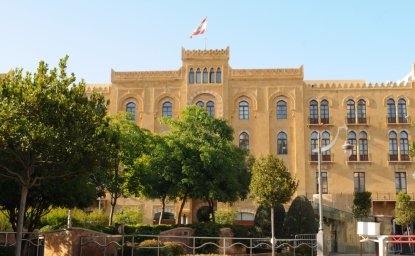
A blog of the Middle East Women's Initiative
It’s hard to talk about the status of Egyptian women in any sector without addressing the gap between the haves and the have nots. While some women continue to make headlines, others are stuck in the doldrums of living below the poverty line. Although female literacy rates have increased from 22.4% in 1976 to 68% in 2015, illiteracy remains an impediment towards equal human rights.
The 2014 constitution guarantees women’s rights of unprecedented magnitude- rights that really are hard earned. However, some of these provisions are yet to be operationalized. Outdated personal status laws epitomize violence and discrimination against women and go against the letter and spirit of the constitution. Laws criminalizing gender-based violence, such as female genital mutilation, and child marriage, are not fully enforced. Women in the informal sector fend for themselves without protection.
While the percentage of women entrepreneurs grew from 3% in 2010 to 11% in 2018, the percentage of women with access to finance stands at only 10-25%. Women’s banking remains a largely untapped market with an estimated credit demand of $283 million amongst women-owned Small and Medium Enterprises. Egypt’s Central Bank launched a program for financial inclusion targeting small and micro enterprises in the informal sector - 27% of recipients were women. As of December 2018, 3.1 million women (representing 67.7% of total beneficiaries) benefited from micro finance. These women received 50.2% of the total portfolio of EGP, 17.1 Billion. This is because women are more conservative, reliable, disciplined, and prefer group loans typically of smaller amounts.
The spillover effects of economic empowerment and mentoring women entrepreneurs will ultimately include increased freedom in the private sphere and reduced domestic violence. Greater gender and spousal equality amongst younger generations bodes well for the future. IFC reports indicate that women are the next frontier market and a potentially profitable market segment for financial institutions in Egypt. The financial sector forms a substantial part of Egypt’s economy, accounting for 3.25% of GDP in 2014. Women in financial sectors are rising stars, in bigger numbers and at the decision-making levels. “Top 50 Women” is an Egyptian initiative for mentoring emerging female leaders.
Additionally, Egypt’s cabinet features an all-time high of 8 women ministers, nearly 30% of the cabinet. With 89 seats, women hold 15% of parliament seats, a big leap from 1.9% during the Islamist parliament of 2012, and the highest ever in a country that pioneered women’s parliamentary representation in the sixties.
In conclusion, Egyptian women fought hard for their rights. Their determination and perseverance will continue to prevail against backward anti-women agendas. By this time next year, I hope to be writing about the great progress on all of the above fronts that I hope will occur in 2019.
Author

First Vice Chair of the African Committee of Experts on the Rights and Welfare of the Child; Former Ambassador of Egypt to South Africa and to the Federal Republic of Czechoslovakia; and Former Egyptian Minister of Family and Population

Middle East Program
The Wilson Center’s Middle East Program serves as a crucial resource for the policymaking community and beyond, providing analyses and research that helps inform US foreign policymaking, stimulates public debate, and expands knowledge about issues in the wider Middle East and North Africa (MENA) region. Read more


Middle East Women's Initiative
The Middle East Women's Initiative (MEWI) promotes the empowerment of women in the region through an open and inclusive dialogue with women leaders from the Middle East and continuous research. Read more

Explore More in Enheduanna
Browse Enheduanna
Women are the Catalysts for Change in Lebanon

How Education Can Empower Young Women in MENA

